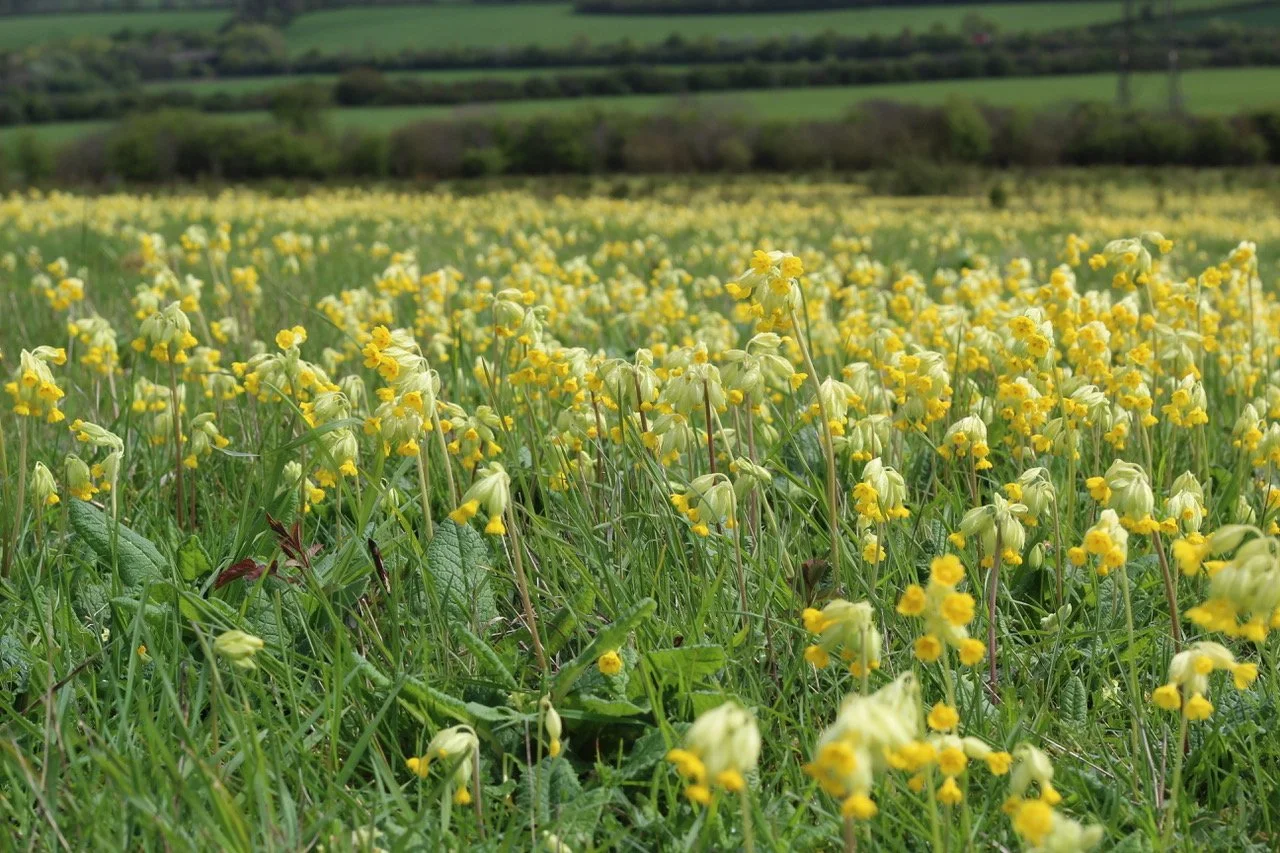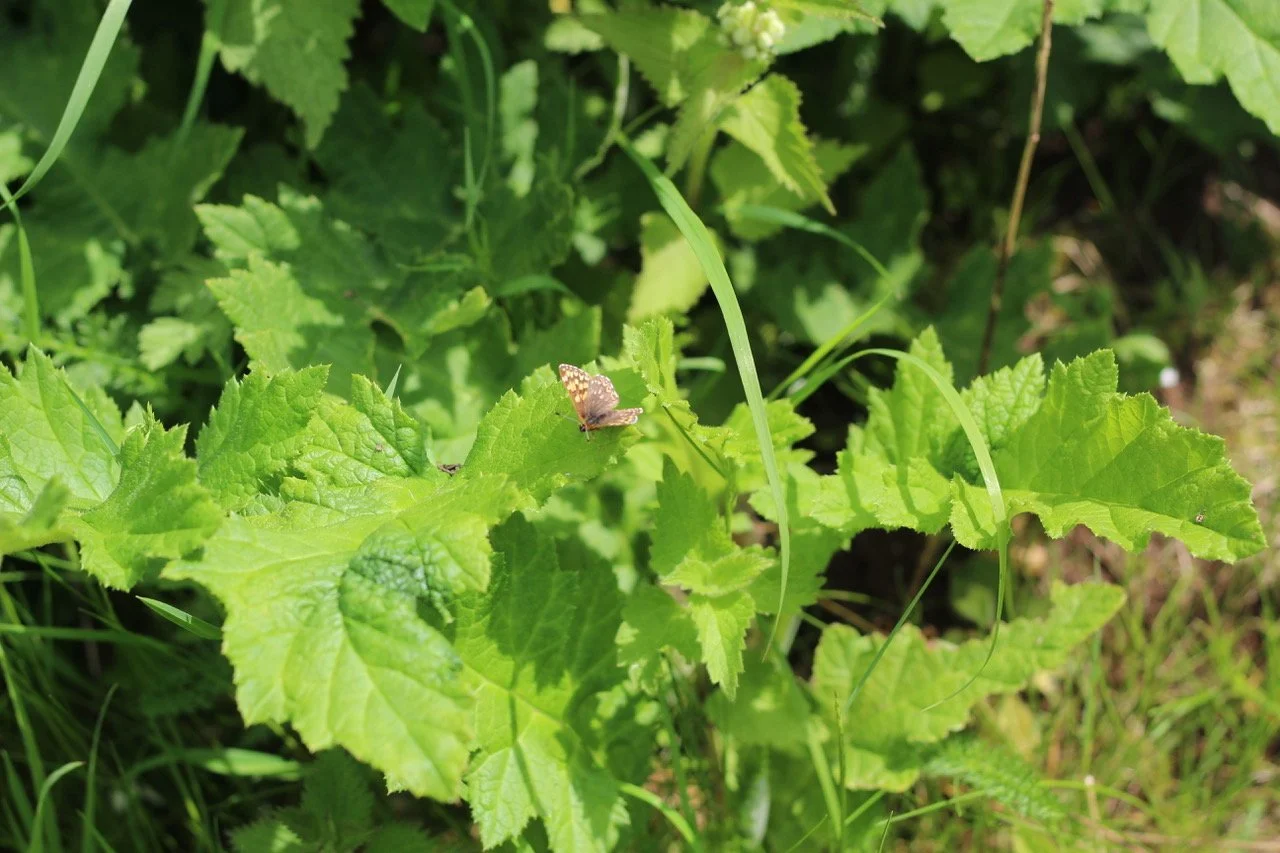COWSLIPS AND DUKES
As bumblebee queens emerge from their prolonged hibernation, and wild bees swarm all over the farm; it is a reminder of the vital importance of early spring flowers as a nectar source.
Of all the early flowering plants none are so valuable as the primrose. They started flowering here in late February and are still putting up fresh flowers. On colder Spring days, crowds of bumblebee queens can be seen blundering over primroses, desperate to get their share of nectar. The cowslips have turned the fields yellow and will help to provide a continuity in this nectar harvest until the early summer plants start to flower.
This illustrates one of the major shortcomings of the countryside today. Intensive arable farming has destroyed the continuous availability of flowering plants for invertebrates. It is no wonder that bees are under threat and dying of stress related diseases; these no doubt aggravated by the plethora of herbicides and insecticides used on conventional farms. Our farms can be a refuge for threatened species and a few simple steps can increase their value for wildlife immeasurably.
The primrose is not only so important for bumblebees but also for a remarkable little butterfly called the Duke of Burgundy Fritillary. A grand name for a postage stamp sized butterfly. It has shining brown forewings with a lattice work of black lines and a glistening necklace of white pearls on the underside. But, it is a boisterous little insect, always taking on any much larger species that may enter its patch. It has simple requirements and yet has become very rare. Its larvae feed on primroses and cowslips. If you have a north facing slope, with a few patches of scrub and an isolated bush or two, you may have the perfect home for a Duke. Fence the bank off from cattle and plant up with primrose and cowslip plugs. They should soon seed across the area providing this wonderful early nectar and food plant for the Duke. A little sheep grazing in the winter and gentle scrub control is all the maintenance that is required. Simple steps like this can give us all greater pleasure in our farms and a valuable role as conservationists.
Henry Edmunds F.R.E.S.


